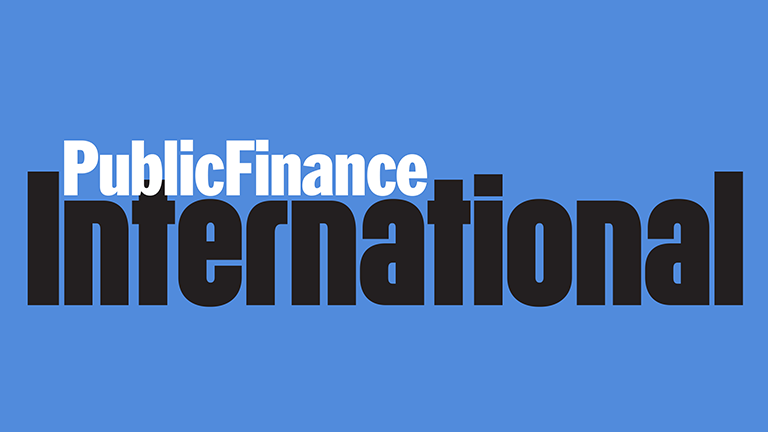It also rose 0.6% across the euro area in the second quarter, and in both the eurozone and EU28 by 0.5% in the first quarter of the year.
Eurostat also released figures yesterday showing annual inflation across the Eurozone area is expected to be 1.3% in July 2017, stable compared with the position a year earlier.
This was the lowest rate recorded in the eurozone since February 2009.
GDP rose by 2.1% in the second quarter of this year in the euro area compared to the same three months the year before, and 2.2% in the whole of the EU in the second quarter compared to the same quarter the year before.
Energy was expected to have the highest annual rate of inflation at 2.2% in July compared with 1.9% in June, followed by services at 1.5%.
Eurostat also said that the eurozone’s unemployment rate stood at 9.1%, down from 9.2% in May 2017 and from 10. 1 % in June 2016.
This was the lowest unemployment rate recorded in the eurozone since February 2009.
Across the whole EU, June’s unemployment rate was 7.7 % stable compared to May and down from 8. 6 % in June 2016 and was the lowest recorded since December 2008.
The lowest unemployment rates were in the Czech Republic at 2.9% and Germany at 3.8%. The highest were Greece (21.7%) and Spain (17.1%).
June’s figures for youth unemployment - defined as those aged under 25 - were 16.7% in the EU and 18.7% in the eurozone, down respectively from 18.8% and 21.0% a year earlier.
The lowest rate was 6.7% in Germany and the highest 45.5% in Greece.











